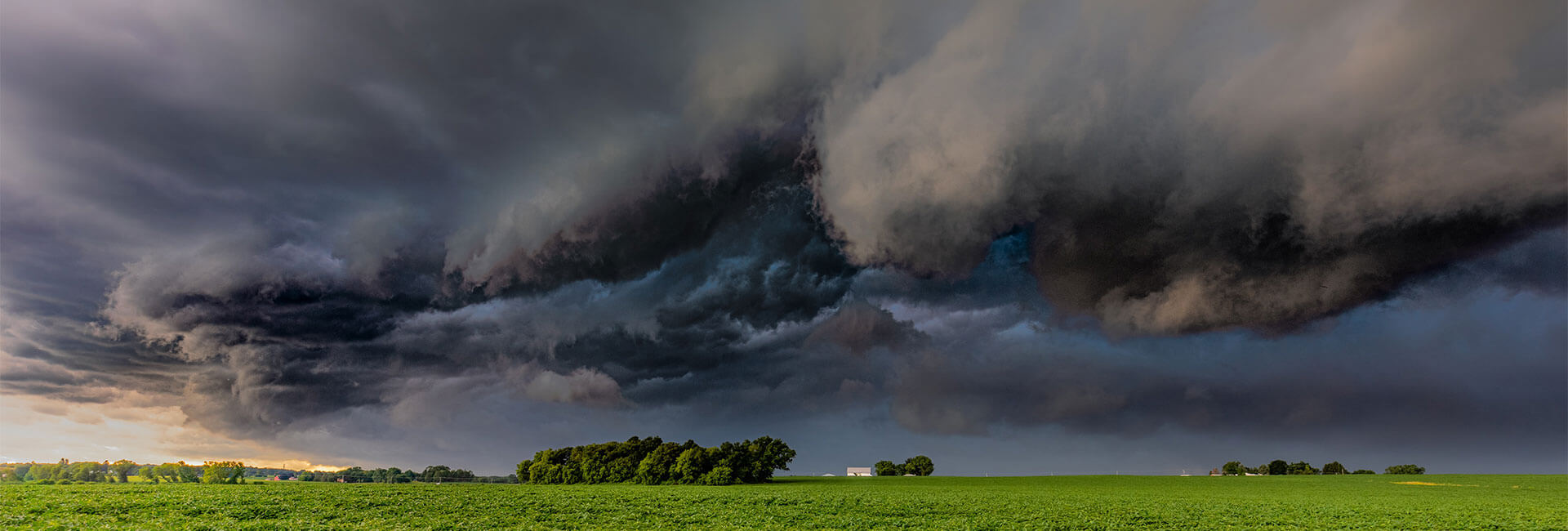In Queensland, cyclone season officially starts at the beginning of November.
Each year, Queenslanders are urged to get ready for the next wave of tropical storms, many of which tend to form between January and March.
An average of four cyclones form in the Coral Sea each cyclone season. Thankfully, not all of them cross the coast. However, damaging winds, rain and large swells can still impact communities over the course of the season.
The Bureau of Meteorology normally issues a cyclone warning within 24 hours of when a cyclone is expected to hit, but early preparation is still advised. The Queensland Government’s “Get Ready” program helps people to prepare for cyclone season, with step-by-step information on developing an emergency plan, preparing your home, and ensuring you receive the most up-to-date information and warnings as they’re released.
Below are a few suggestions for preparing for the tropical cyclone season.
Develop an emergency plan
Ensure everyone in your household is aware of potential hazards and what action to take when an emergency occurs. You should also ensure everyone knows how to tune in to local radio and TV stations and the Bureau of Meteorology website for current warnings. The Queensland Government’s Get Ready website provides further information on developing an emergency plan.
Prepare your home
Before cyclone season comes around, check the condition of your roof and repair any loose tiles, eaves or screws. Do this well in advance so you’re not up on your roof and rushing to avoid the approaching storm, as rushing when you’re working at heights is a recipe for disaster.
You should also clean out your gutters and downpipes so water can drain away as quickly as possible rather than backing up and flooding your home. Even better, after cleaning out your gutters, install sturdy gutter mesh with an appropriate aperture for debris-free gutters and greater peace of mind and protection.
Trim trees and overhanging branches to protect your home and roof, and secure loose items such as garden furniture and toys that could cause damage if blown around in high winds.
Make general preparations
Ensure your home, contents and car insurance are up-to-date and cover your assets adequately. Make sure that your first aid kit is stocked with all the essentials and ensure at least one person in your household knows first aid. Stock bottled water and canned food (the kind you actually like to eat) in case the cyclone damages water infrastructure or cuts you off from the shops or food supplies.
One step at a time preparation
Preparing for natural disasters such as tropical cyclones can feel like an overwhelming task.
However, if you choose to prepare by completing one step a week, you can make preparation manageable and be confident you’ve done all you can to get ready for the tropical cyclone season.
For more information, visit the Queensland government’s Get Ready website today.
